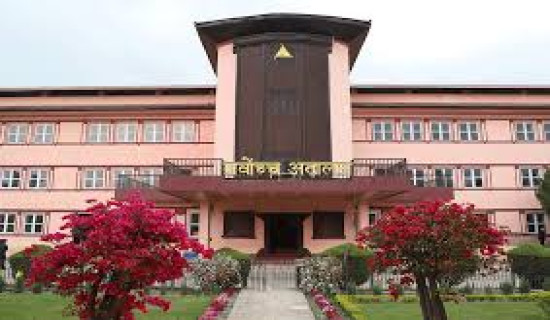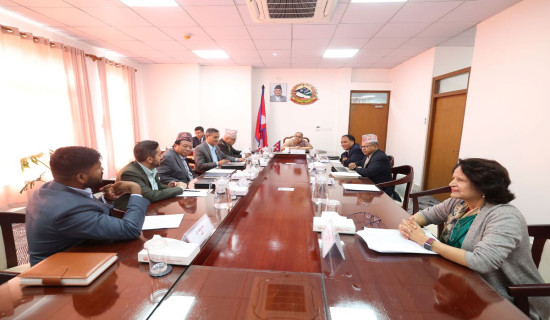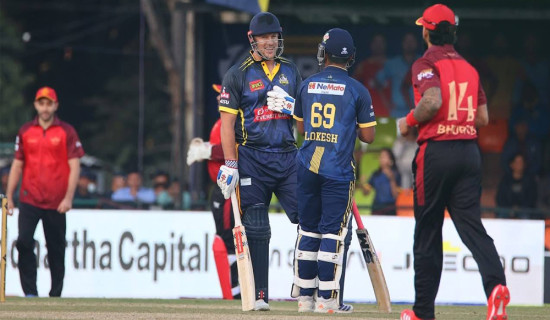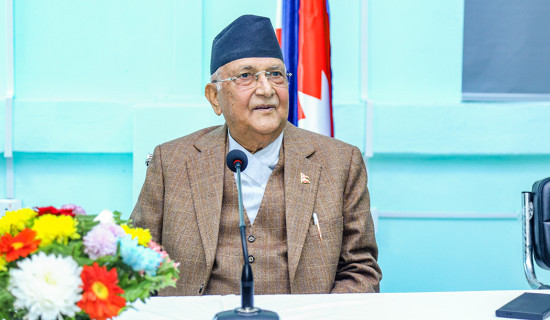- Tuesday, 18 November 2025
Changing faces of Nepal's constitutionalism
Dr Surya Dhungel
Today, September 29, 2025, Friday (Aswin 3, 2082 BS) is the day when the seventh Constitution of Nepal was promulgated ten years ago by the Constituent Assembly. This Constitution is in trouble now, and facing a serious threat of collapse due to sudden political uprising of youths. The recent movement initiated by the Gen-Z (young generation) against growing corruption and the ban on flourishing social media by the last KP Sharma Oli led government resulted in the mass atrocities and brutal killings of armless protesters. About 74 protesters and security personnel were killed, and large scale national and personal properties were destroyed, including major national institutions. Prime Minister Oli resigned and curfew was imposed in the capital and other major cities in order to restore law and order. Eventually, the President in exercise of his inherent constitutional authority as Head of State, appointed former Chief Justice Mrs. Sushila Karki from outside the parliament as New Transitional Prime Minister to lead the interim government and hold elections of the House of Representatives within six months.
Hence the
country is now being guided towards and ruled under four aspects of
constitutionalism to fill out the deteriorating constitutional order being
plunged into deep political and legal crises. The first aspect is the
Constitutionalism in Crisis which simply aims to give the country a legitimate
government to reestablish law and order, and restore normalcy. The second
aspect may be called Operational Constitutionalism that the new government has
to make the government institutions functional and win the confidence of the
people through delivery of basic services. The third is Transitional Constitutionalism
that enables the state institutions develop necessary legal and institutional,
including financial bases for the preparation of holding proposed elections
freely and fairly. This aspect puts the electoral preparations in priority, and
gives a sense of confidence in the minds of the people and global community
that the country is transitioning into a new legitimate government to be
produced through an elected parliament in a democratic way. The last but very
important aspect of the change is Transformative Constitutionalism that enables
the country to reinstitute a legitimate constitutionally elected government.
On the
occasion of the Constitution Day this bite is meant to reflect the changing
faces of Nepal’s Constitutionalism that the country is facing today.


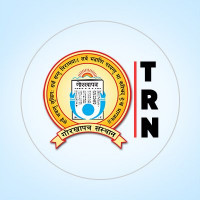
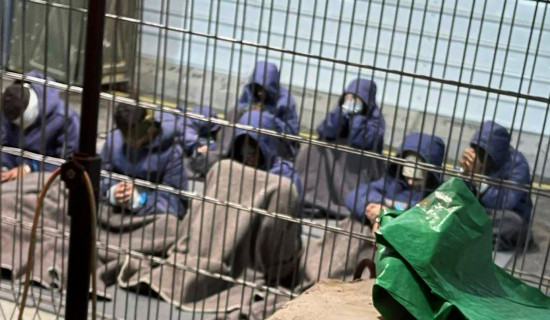
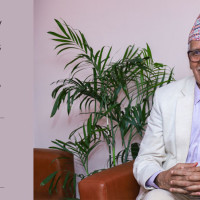




-original-thumb.jpg)

